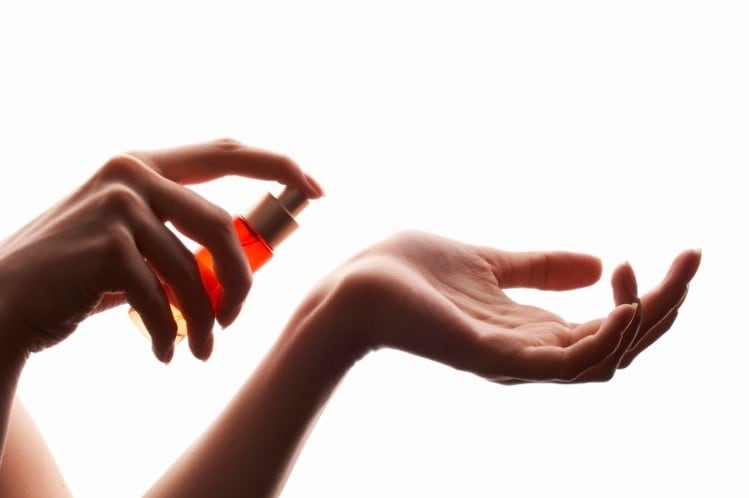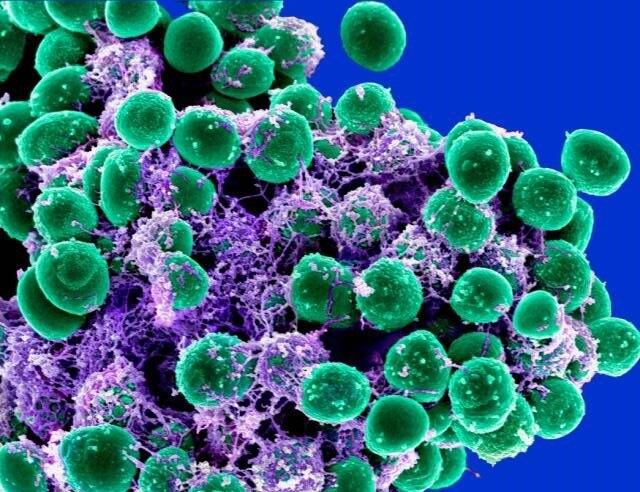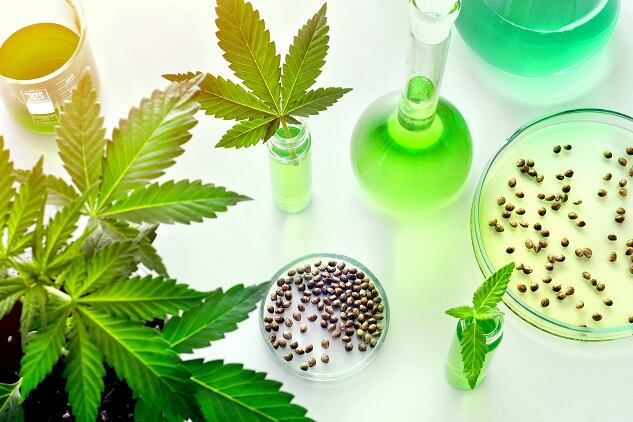The development of the technology was the result of a project by the firm’s Sensory Science Research Laboratory, which compiled a database of 314 commonly used fragrance ingredients.
The database of olfaction characteristics allowed scientists to develop a method that can predict the odour intensity based on the concentration of perfumery raw materials (PRMs) present in a gas sample.
Data was obtained from an evaluation testing performed by 18 perfumers and researchers, who scored the intensity of samples emitted from a fragrance diluter with different gas concentrations.
Based on evaluations of those results, the team managed to visualise of the relationship between gas concentration and odour intensity.
Additionally, it was able to predict of odour intensity of an arbitrary gas concentration of a PRM.
Kao said it considered that such technology for determining individual PRM odour characteristics as important and would be beneficial for fragrance development, as well as more efficient PRM usage.
These research results were first published in the Industrial & Engineering Chemistry Research journal of the American Chemical Society.
Nose for a nose?
Makiko Takahashi, a spokeswoman for Kao Corporation told CosmeticsDesign-Asia that odour intensity control technology was an important research field for fragrance and consumer products industry.
She noted that this breakthrough was especially significant as it was previously unable to determine such factors without the skill of an experienced perfumer.
“Olfaction mechanism has been unclear and prediction of odour intensity from fragrance prescription objectively was difficult because the control of odour intensity was depended on the skill of perfumers.”
Takahashi said the company believed this new predictive method will improve the way perfumers work.
“We expect that the prediction technology will be helpful for perfumers to develop fragrance more efficient and creative by interaction with the craftsmanship because the technology can suggest specific kinds of fragrance raw material and the amount, which seems to contribute to odour intensity.”
Additionally, Kao hopes this technology can serve as a guide for new perfumers.
“This will become a strong support tool for the younger generation of perfumers, who have less experience when they are trying to develop a fragrance,” said Takahashi.
The company also believes this technology can have a significant positive impact on sustainability as it will help companies make use of ‘precious and limited’ raw materials more efficiently.
“The efficient usage of perfumery raw materials is one of the most important activities to realise a more sustainable society in the fragrance and cosmetic industry,” said Takahashi.
Moving forward, Kao plans to continue improving this technology.
“This technology is expected to be valuable as it responds to various customer needs that they seek a wide variety of odour intensity, as well as to be less the amount of the perfumery raw material used for fragrance creation to contribute to the improvement of, for example, environmental problems,” said Takahashi.
“We are going to keep challenging to raise the accuracy of the technology and increase the practicality of this even more.”





